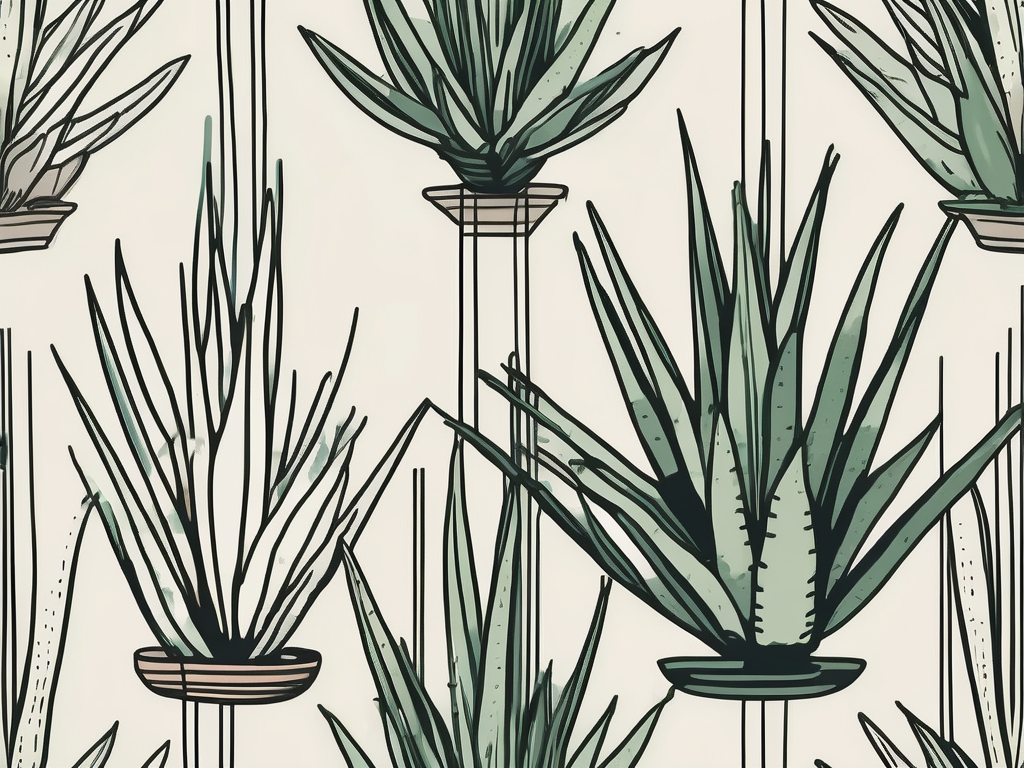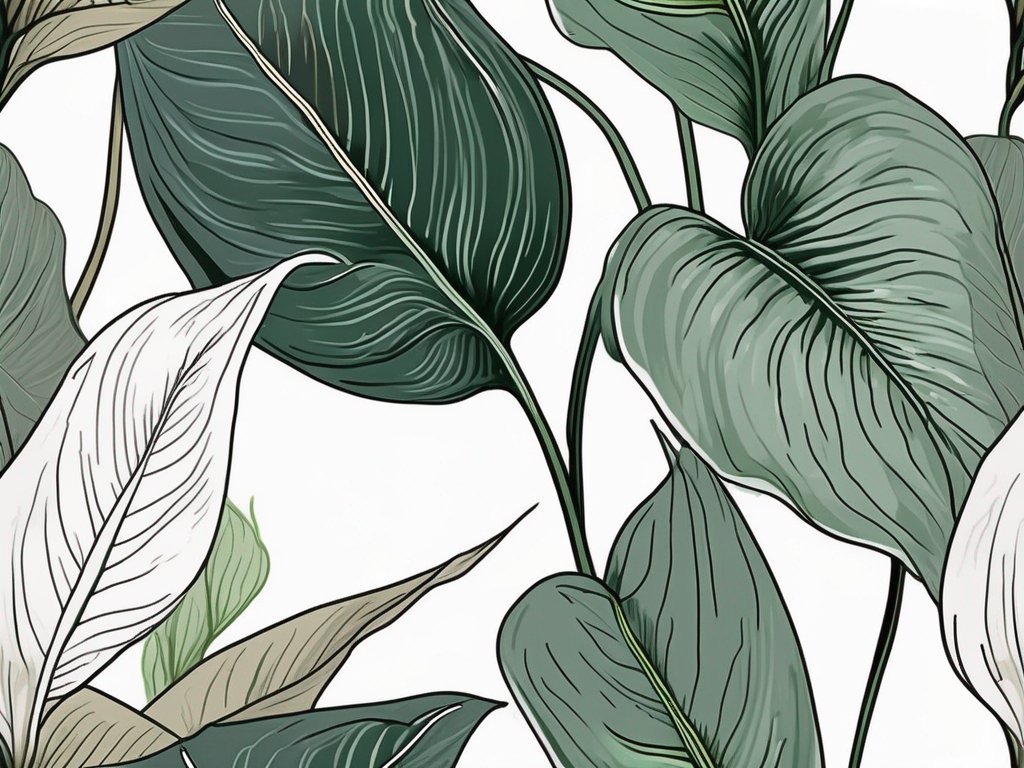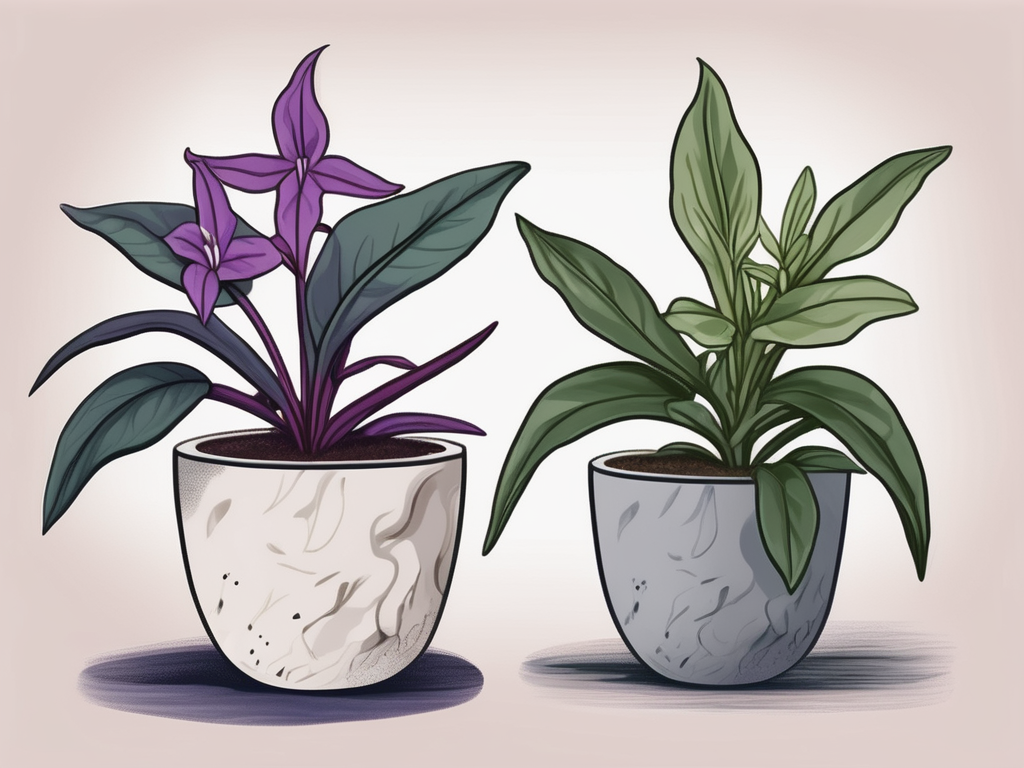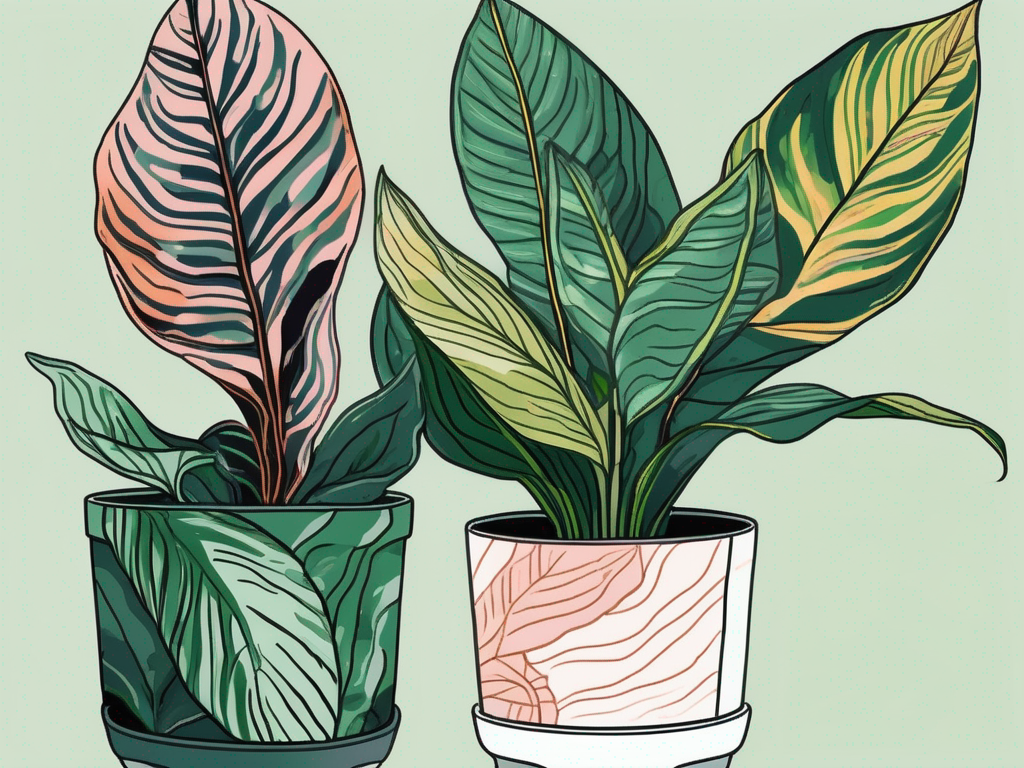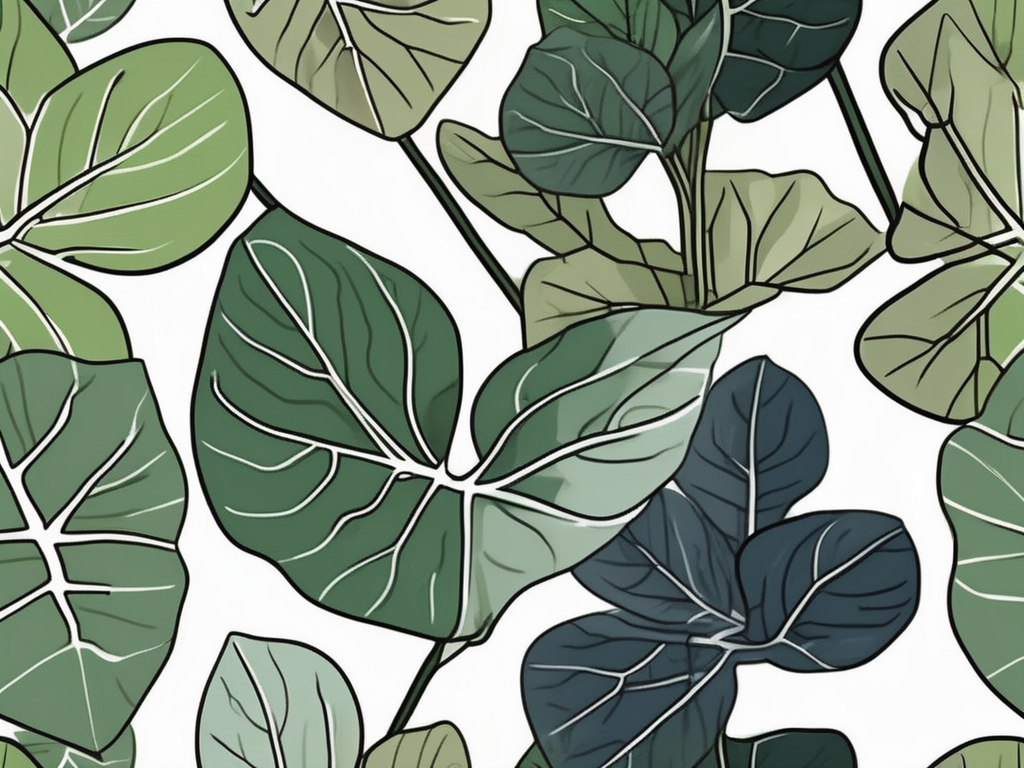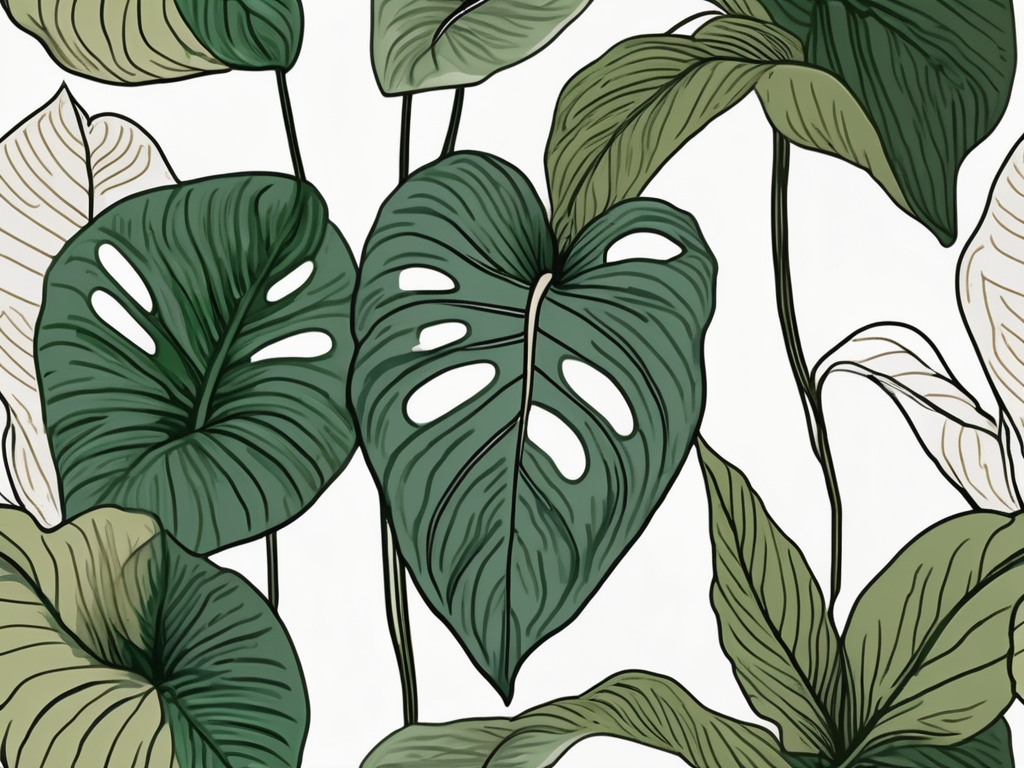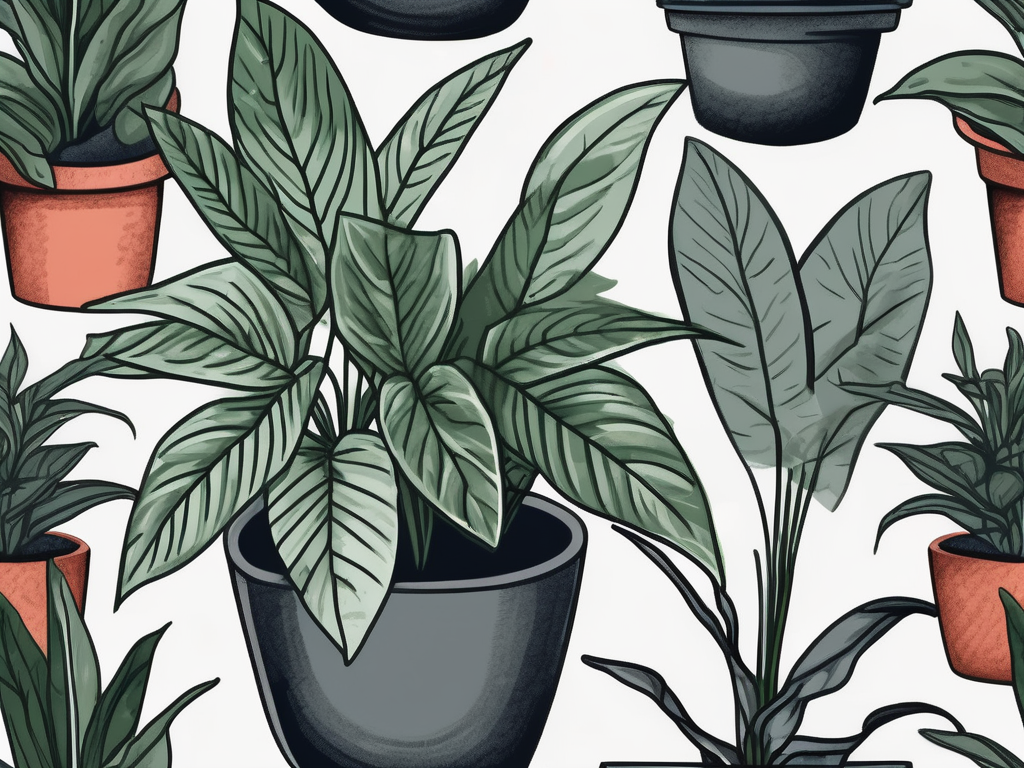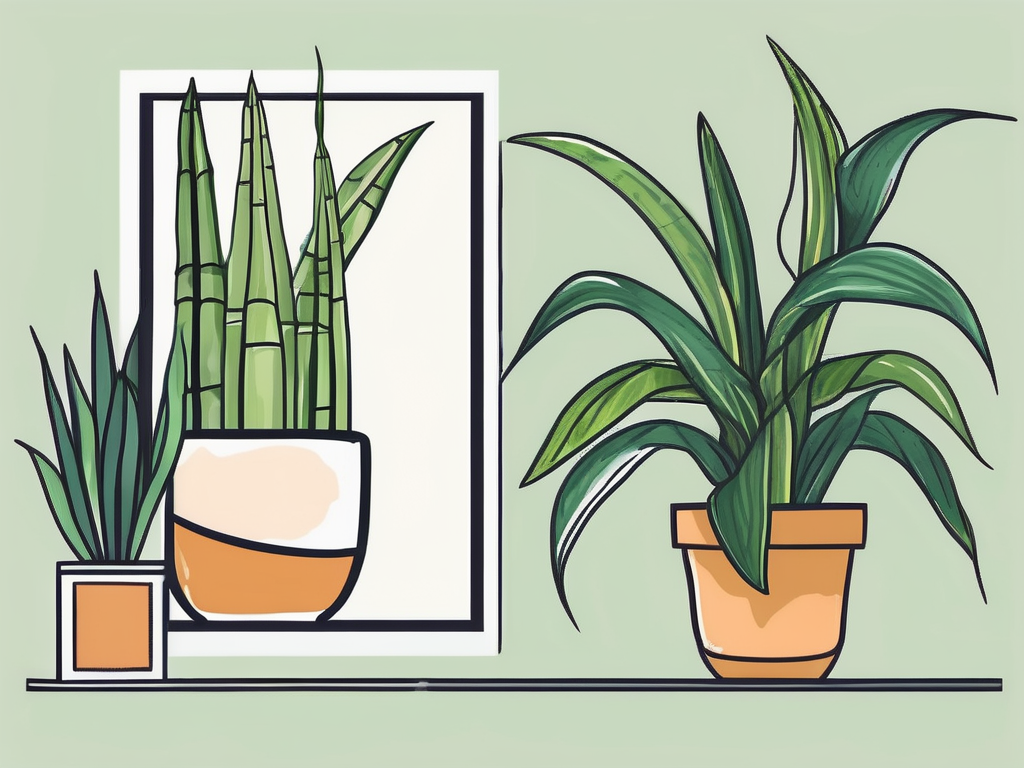
Do you have a croton plant that's just not living up to its colorful potential? You might be surprised to learn that the secret to boosting its growth lies in the soil. Crafting the ideal soil mix can transform your croton into a vibrant centerpiece of your plant collection. In this article, we'll guide you through creating the ultimate croton soil recipe, ensuring your plant thrives.
We'll cover everything from understanding what crotons need in their soil to step-by-step instructions for mixing your own blend. Plus, we'll share tips on maintaining soil health and dealing with common issues. Ready to give your croton the best possible start? Let's get started!
Understanding Croton Soil Needs
Crotons are known for their stunning foliage, which can range from bright reds and oranges to deep greens and purples. However, to achieve this vibrant display, they need the right soil conditions. Crotons hail from tropical regions, so they prefer a well-draining, nutrient-rich soil that mimics their natural habitat.
Think of crotons like a friend who loves a good mix of company. They need a balance of moisture retention, drainage, and nutrients to thrive. But what exactly does that mean for your soil mix?
- Moisture Retention: Crotons like their soil to be consistently moist but not soggy. Ingredients like peat moss or coconut coir can help retain moisture without waterlogging the roots.
- Drainage: Fast drainage is crucial to prevent root rot. Adding perlite or coarse sand ensures excess water can escape.
- Nutrients: A rich supply of nutrients supports healthy growth and vibrant leaves. Organic matter like compost provides essential minerals.
By addressing these needs, you create an environment where your croton can thrive. But how do you put all these components together? Let's move on to the ingredients you'll need.
Choosing the Right Ingredients
When it comes to creating the perfect soil mix for your croton, the ingredients are key. Each component plays a crucial role in ensuring your plant gets what it needs. Here's a breakdown of what you'll need:
- Peat Moss or Coconut Coir: These materials are excellent for moisture retention. Peat moss is a bit more acidic, which crotons appreciate, while coconut coir is a sustainable alternative that's pH neutral.
- Perlite: This volcanic glass is used to improve aeration and drainage. It's lightweight and helps prevent soil compaction.
- Compost: Rich in nutrients, compost is a must for any plant mix. It not only provides essential minerals but also supports beneficial soil microbes.
- Coarse Sand: Adding sand ensures the soil drains well, preventing water from pooling around the roots.
- Pine Bark or Wood Chips: These materials can improve drainage and aeration while adding organic matter to the mix.
With these ingredients in hand, you're ready to start mixing! But first, let’s talk about the ratios you’ll need.
Mixing the Perfect Croton Soil
Now that you've gathered your ingredients, it's time to mix them into the ultimate croton soil. The key here is balance—getting the right proportions of moisture, drainage, and nutrients. Here's a simple recipe to follow:
4 parts peat moss or coconut coir
2 parts perlite
2 parts compost
1 part coarse sand
1 part pine bark or wood chips
To mix your soil:
- Combine the Ingredients: In a large container, add the peat moss or coconut coir, perlite, compost, sand, and pine bark. Make sure each component is evenly distributed.
- Mix Thoroughly: Use your hands or a small trowel to blend the materials until you have a uniform mixture.
- Check Moisture Levels: The soil should hold together when squeezed but easily crumble apart. Adjust with more peat moss or sand as needed.
With your perfect soil mix ready, your croton is set for a healthy start. But how do you maintain this environment over time? Let’s explore some tips on keeping your soil in top condition.
Maintaining Soil Health
Even the best soil mix needs a little TLC to keep it performing well. Regular maintenance ensures your croton continues to receive the nutrients and conditions it needs. Here are some tips to maintain soil health:
- Regular Re-potting: Crotons benefit from being re-potted every 1-2 years. This refreshes the soil and prevents compaction.
- Check for Compaction: Over time, soil can become compacted, reducing aeration and drainage. Gently aerate the soil with a fork or re-pot if needed.
- Fertilize Wisely: While compost provides nutrients, crotons may need additional feeding during their growing season. Use a balanced liquid fertilizer every few weeks.
- Monitor Watering: Ensure the soil remains consistently moist. Adjust watering frequency based on your plant's environment.
By keeping these practices in mind, you’ll help your croton stay healthy and vibrant. But what if you run into some issues along the way? Let’s look at some common soil-related problems and how to tackle them.
Troubleshooting Common Issues
Even with the best soil recipe, you might encounter some bumps along the way. Don't worry; common issues often have simple solutions. Here are a few problems you might face and how to address them:
- Yellowing Leaves: This could indicate overwatering or poor drainage. Check that your pot has enough drainage holes and consider adding more perlite or sand to the soil.
- Wilting or Drooping: If your croton is looking sad, it might not be getting enough water. Ensure the soil stays consistently moist, especially in warmer weather.
- Slow Growth: A lack of nutrients could be the culprit. Consider boosting the soil with a slow-release fertilizer or more compost.
- Root Rot: This serious issue often results from waterlogged soil. Re-pot immediately with fresh, well-draining soil and trim any affected roots.
By identifying and addressing these issues early, you can keep your croton in peak condition. But how does soil care fit into the bigger picture of croton maintenance? Let’s connect the dots.
Integrating Soil Care with Plant Care
Your croton's soil is just one piece of the puzzle when it comes to plant care. Integrating soil maintenance with overall plant care ensures your croton gets everything it needs to flourish.
Here’s how soil care fits into the broader context:
- Light Requirements: Crotons need bright, indirect light to maintain their colorful leaves. Position your plant in a spot where it gets plenty of sunlight without direct exposure.
- Temperature and Humidity: As tropical plants, crotons thrive in warm, humid environments. Keep them away from drafts and consider using a humidifier in drier months.
- Pest Management: Healthy soil can deter pests, but regular checks are crucial. Inspect your plant for signs of bugs and treat promptly if necessary.
By considering these factors alongside soil care, you create an environment where your croton can truly shine. But what if you want to take your plant passion further? Let’s talk about styling your space with crotons.
Styling with Crotons
Once your croton is thriving, it's time to show off that vibrant foliage! Crotons are perfect for adding a splash of color to any room. Here are some ideas for styling with crotons:
- Centerpiece Potential: With their bold colors, crotons make excellent centerpieces. Place one in a decorative pot on your dining table or living room shelf.
- Grouping with Other Plants: Crotons pair wonderfully with other tropical plants. Try grouping them with ferns or snake plants for a lush, varied display.
- Seasonal Decor: Use crotons to complement your seasonal decor. Their autumnal hues fit perfectly with fall decorations.
Styling with crotons not only beautifies your home but also brings a sense of nature indoors. And who doesn't love a bit of natural beauty in their living space? But before we wrap up, I have one more tip for you.
Where to Source Quality Ingredients
To create the perfect croton soil, you'll need top-notch ingredients. Sourcing quality materials ensures your soil mix is effective and sustainable. Here’s how to find the best supplies:
- Local Garden Centers: Many garden centers carry peat moss, perlite, and compost. They can also provide advice on the best products for your plants.
- Online Retailers: If you're looking for a wider range of options, online stores often have everything you need. Look for reputable sellers with good reviews.
- DIY Composting: Consider making your own compost at home. It’s a sustainable way to recycle kitchen and garden waste into nutrient-rich soil.
With quality ingredients, you’re well on your way to mastering the croton soil recipe. But what about the finishing touches? Let’s put it all together.
Potting Your Croton
You've got your soil mix, your croton is prepped, and now it's time to pot it up. Here’s how to do it:
- Select the Right Pot: Choose a pot with ample drainage holes to prevent waterlogging. A pot that's one size larger than your croton's current home is ideal.
- Prepare the Pot: Add a layer of gravel or broken pottery at the bottom for extra drainage. Fill the pot halfway with your soil mix.
- Position Your Croton: Gently remove your croton from its old pot, being careful not to disturb the roots. Place it in the new pot, ensuring it's centered.
- Fill with Soil: Add more soil around the plant, gently pressing down to remove air pockets. Water thoroughly to help the soil settle.
Congratulations! Your croton is now ready to thrive in its new home. But don't forget to keep an eye on it as it adjusts.
Final Thoughts
Creating the perfect soil mix for your croton can truly unlock its potential. By understanding the plant’s needs and crafting a balanced blend, you set the stage for vibrant growth and stunning foliage. Regular maintenance and a bit of troubleshooting ensure your plant stays healthy and happy.
At Cafe Planta, we're here to support your plant journey. Whether you're shopping for unique plants, seeking plant care advice, or looking for the perfect accessories, we've got you covered. Feel free to email us or send a DM on Instagram. We believe in the power of plants to bring joy and connection, and we're excited to help you create a thriving plant collection in your home.

